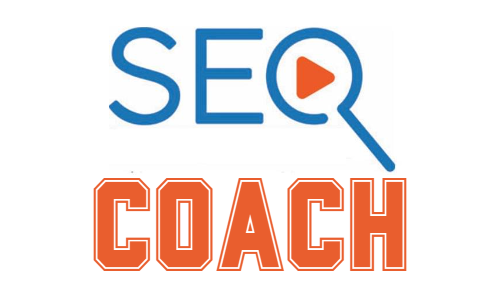Next in our series of SEO Best Practices we examine the Meta Description tag.
What Is the Meta Description Tag?
The Meta Description Tag is a snippet of HTML code which you can find inside the <Head> section of a web page. The description tag is normally placed after the Title tag and before the keywords tag. It doesn’t matter the order you place it in, order is not important and has absolutely NO effect on rankings.
The syntax I recommend for the Meta description HTML tag is:
<META NAME=”Description” CONTENT=”A description of the content of the page in a descriptive sentence or two goes here. Also try to include a call to action if applicable”>
Content management system (CMS), usually provide a field for you to complete and it is called either Meta Description or sometimes “Description”.
It was only a few short years ago that the keywords and other information in the Meta description were considered important ranking factors. Unfortunately today, neither Google nor Bing considers the description tag as a ranking signal. This means, whether or not you use your keyword phrases in your description, the ranking of your page in the Search Engine Result Page (SERP) won’t be affected. You could even leave the description tag empty. When the description tag has been left empty Google has been known to fill it in. Personally though, I always fill it in, preferring my version to theirs. After all who knows the content better?
Ideally, your description should be no longer than 156 characters (including spaces). However, check your description tag using to confirm this. The recommended length is only a rule of thumb, and is no longer considered a “best practice”. If you go over the 156 character limit, Google will truncate your description close to the 156 character mark and replace the missing text with ellipses … Going over the 156 character suggestion will NOT penalize your page/site.
With all this de-emphasis on the description tag is it really worth the effort or should you just let Google fill in the Meta Description for you?
The description Meta tag helps websites in three important ways:
- They can be used as either the description or part of the description of the page in the SERPs.
- They are often used as part of the descriptive information for your pages when Google shows “extended sitelinks” for your site.
- They are often used as the default description in social media marketing links such as Facebook.
Meta Descriptions in the SERPs
My recommendation is to consider whatever is in the Meta description tag will be the default description displayed in the search results; even though it’s not always the case.
Google may choose to not use text from your Meta description under some of these circumstances:
- The information in the Meta description tag was not specific to the page it was on.
- The search query contained phrases not in the Meta description, but Google located them in the page content. This includes words that Google considers somewhat synonymous.
Google doesn’t always use the supplied Meta description; even when the exact search phrase was contained within it. This has been observed especially if the search query is also contained within the content of the page. Unfortunately, there is no way to determine whether or not Google will show the supplied Meta Description. Which is quite frustrating for an SEO!
Meta Descriptions as part of extended sitelinks
Google will sometimes pull the first few words from your Meta description tag when they create extended sitelinks for display in the SERP. This is also dependent on the keywords in the search query. Different sitelinks and different descriptions will be displayed based on the search criteria used. As with all sitelinks, we as the webmasters do not have any control over which sitelinks (if any) Google will show or when.
Meta Descriptions and sharing on Facebook
When you share a blog post on Facebook have you ever wondered why some links have descriptions which fit the post and then there are others that don’t make any sense? The reason behind this is some SEOs took the time to write a description of the post and populated the Meta description tag, while others have not. If a blog post has a Meta description, Facebook and Google+ will use the supplied Meta Description when you share a link on Facebook (either your profile or Page.) If the Meta description is empty, you’ll usually see the first sentence from the page being used.
Fun Fact. Anyone can edit the description that Facebook defaults to before you post to your Facebook page, but most people don’t. I personally will occasionally change a description I feel is either not a representative or misleading before I share it with my Facebook followers.
To help your content get shared, I recommend writing a compelling 1- or 2-sentence description for your content and put it into your Meta description. This will make your social media content more engaging as people will know what the post is about before they share it.
To wrap up this examination of the Meta Description tag and best practices; the Meta description tag gives you some control over what searchers potentially will view on the SERP and on Facebook before they click through to your site. The more compelling your Meta Description is the more click throughs you could potentially receive. If your Meta description tags can help with your click through rate, it is definitely worth the time it takes to craft an engaging, keyword-laden Meta description tag that nicely tells searchers what the page is about.
Next in the series is the keyword tag. Is it still valid in this day and age?

